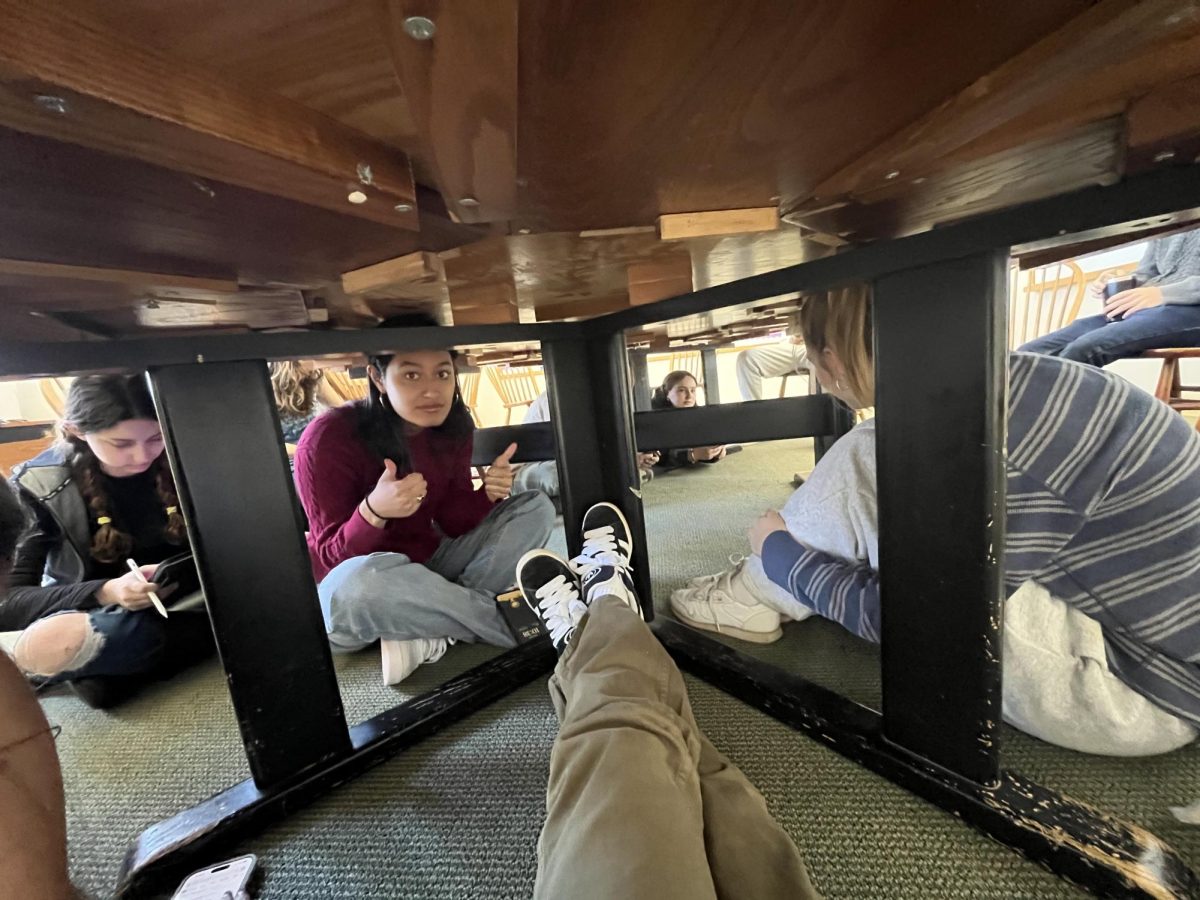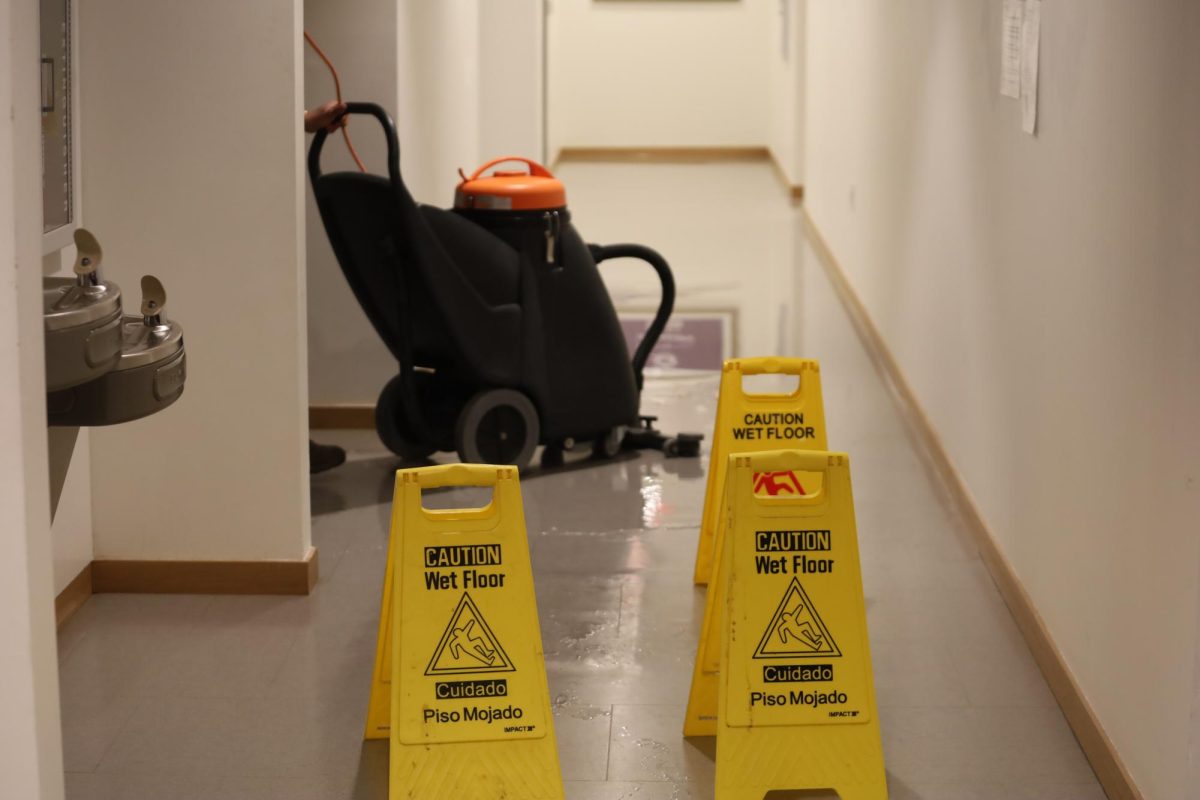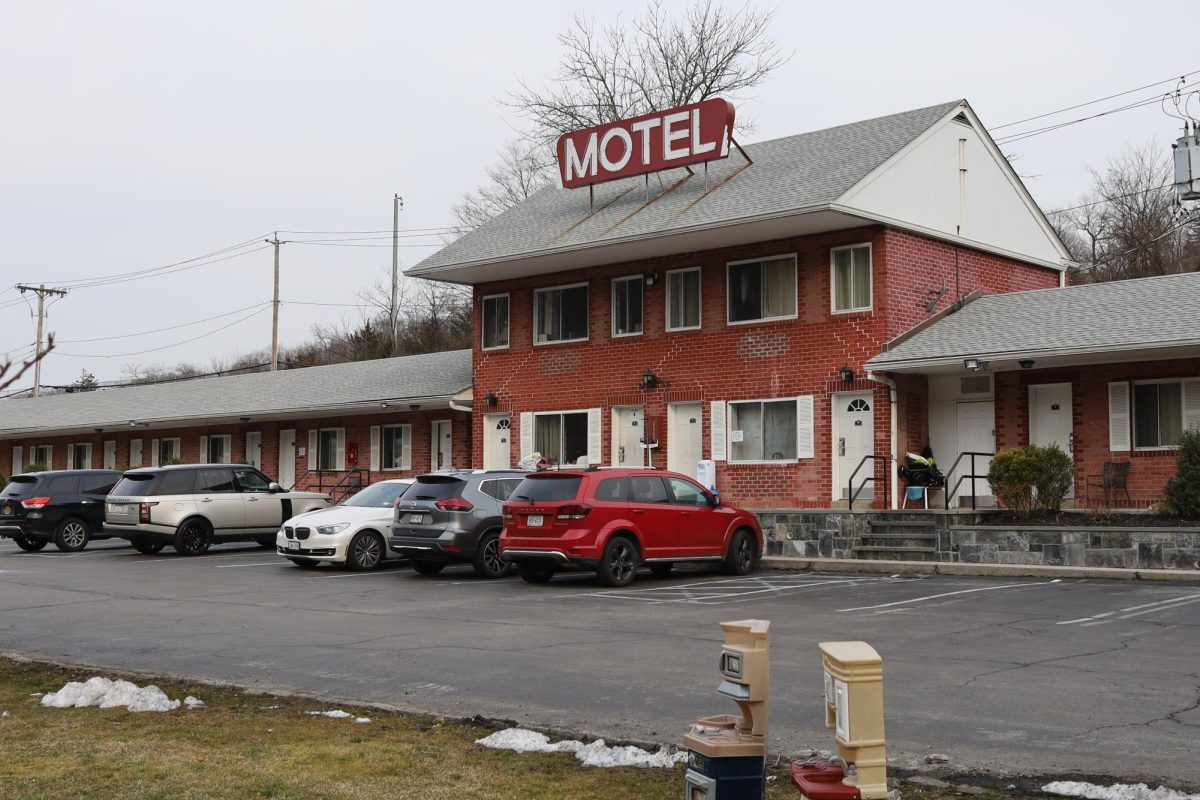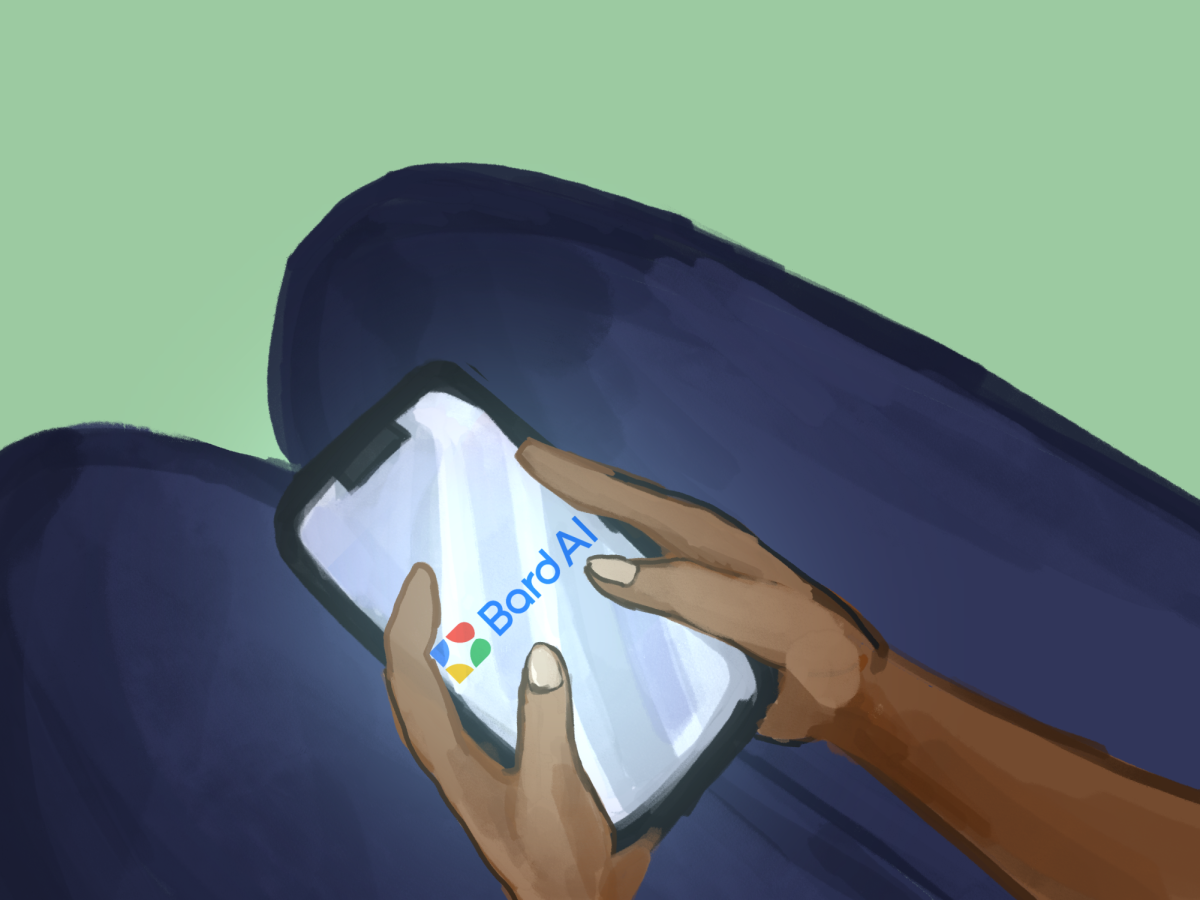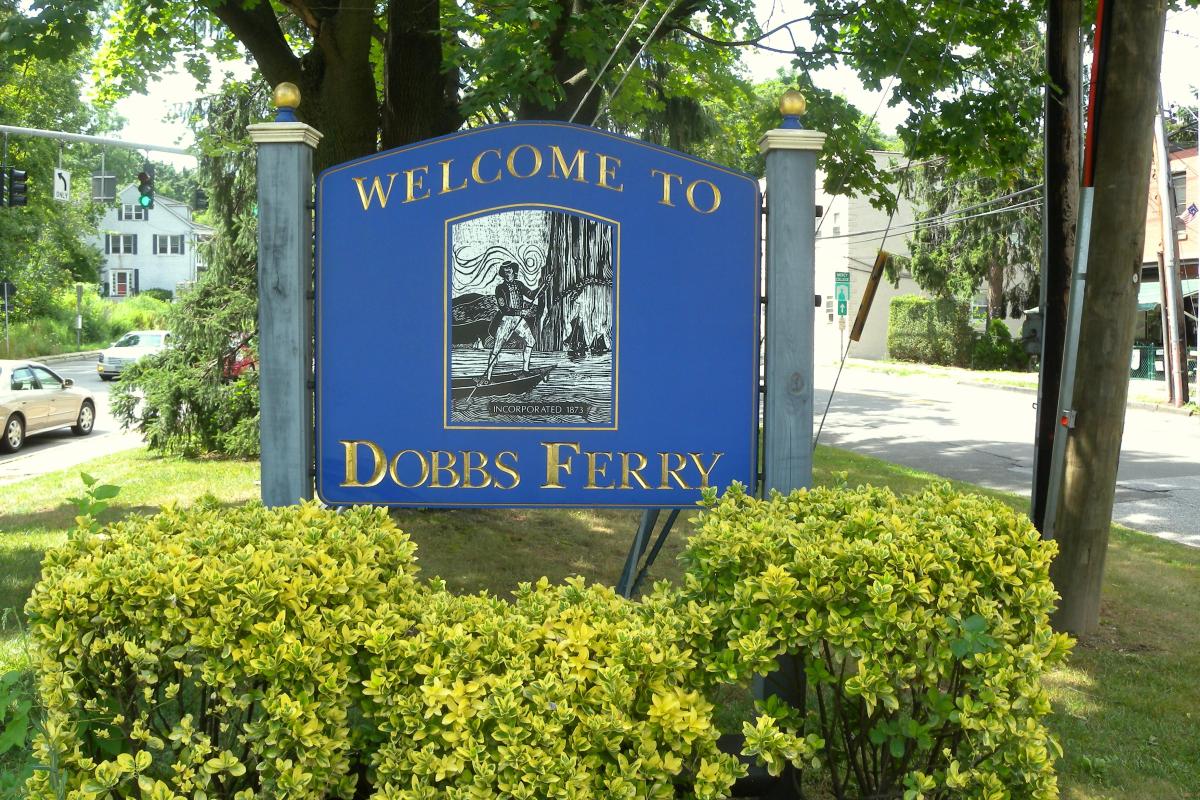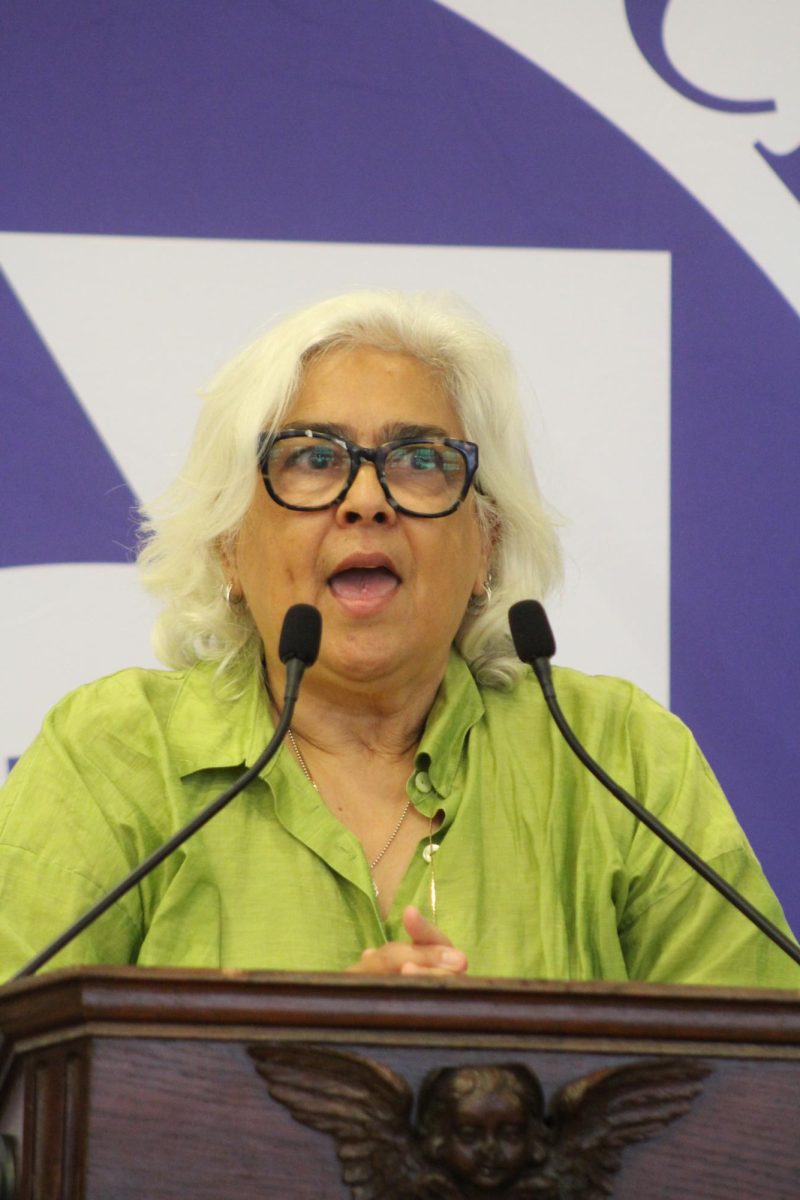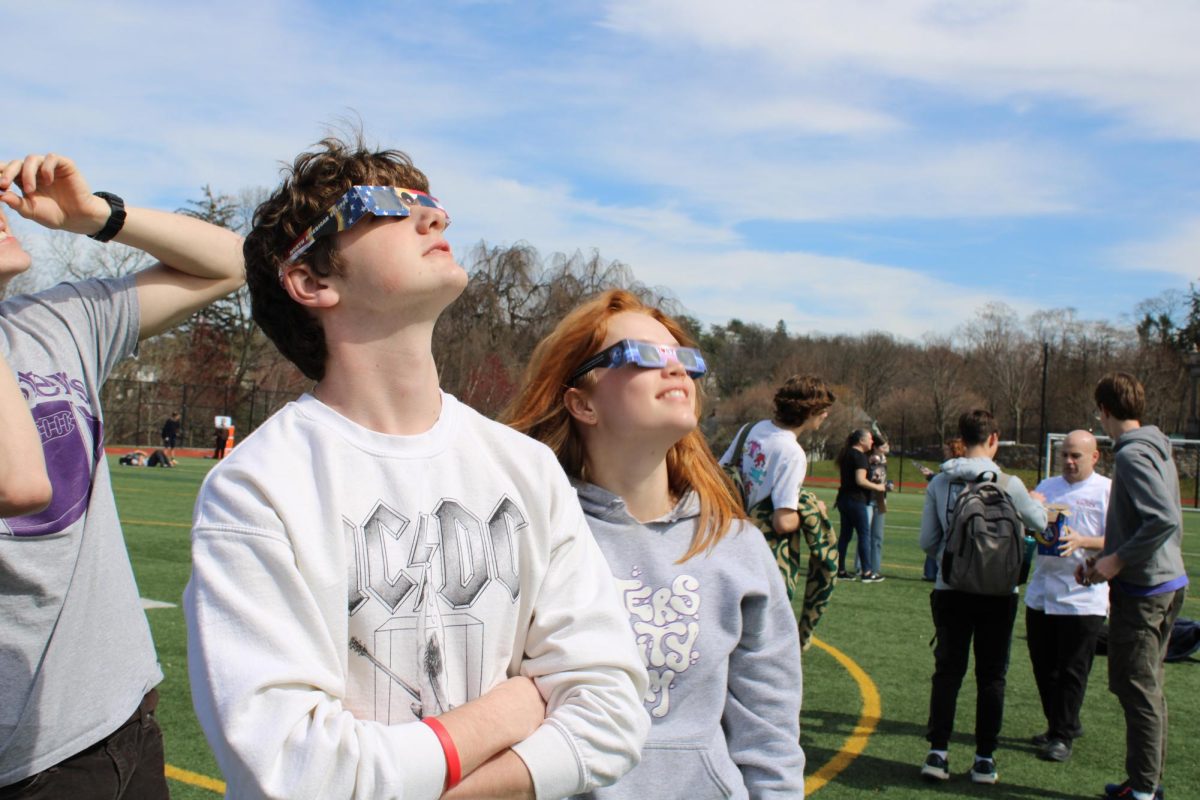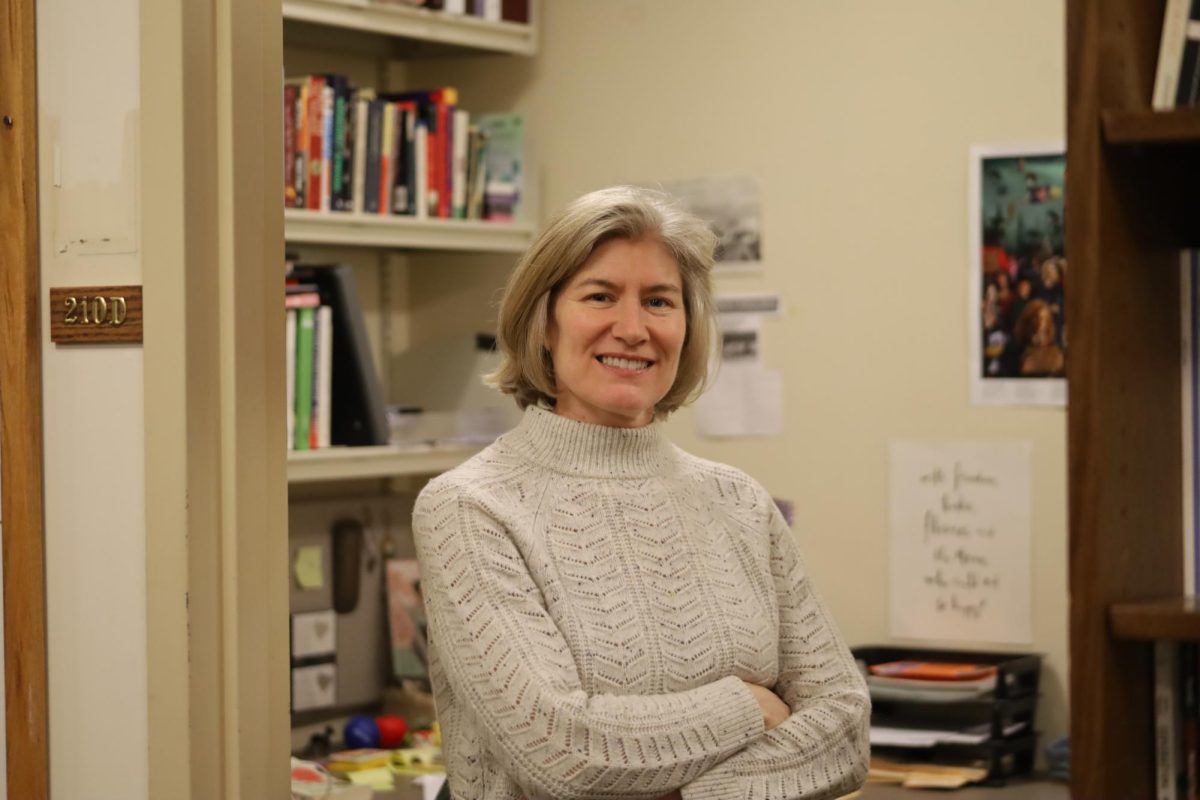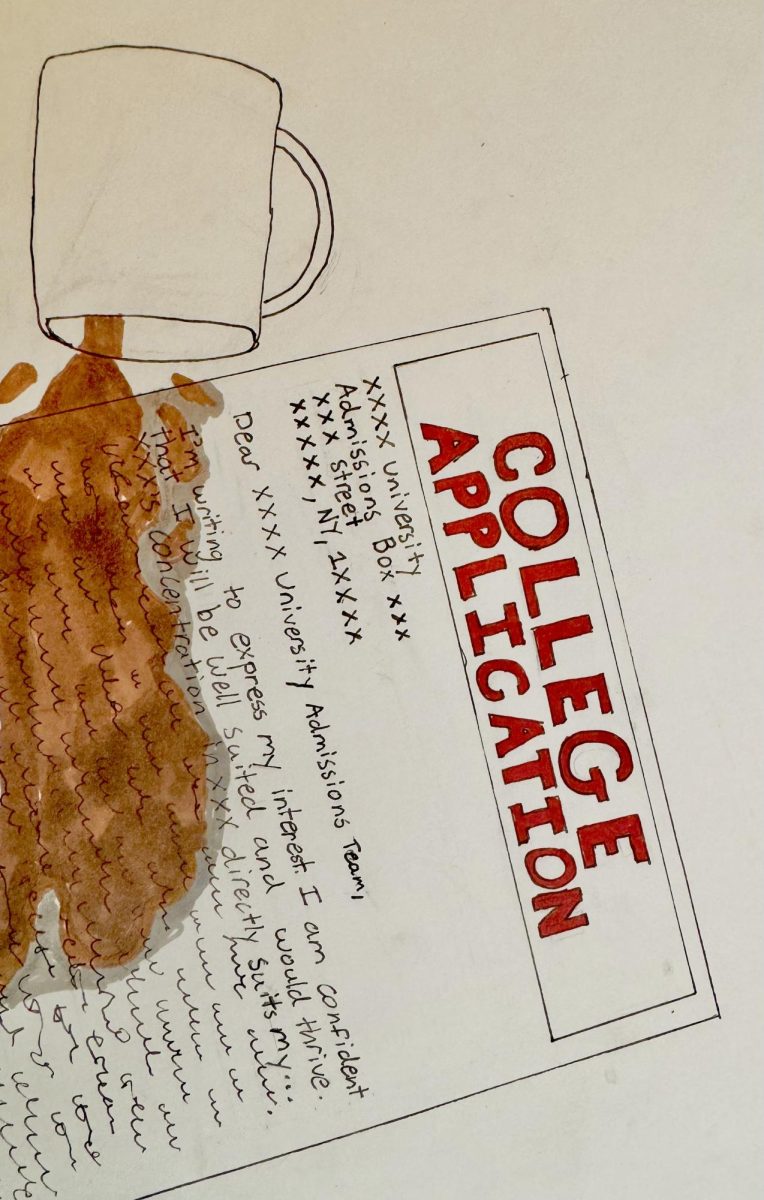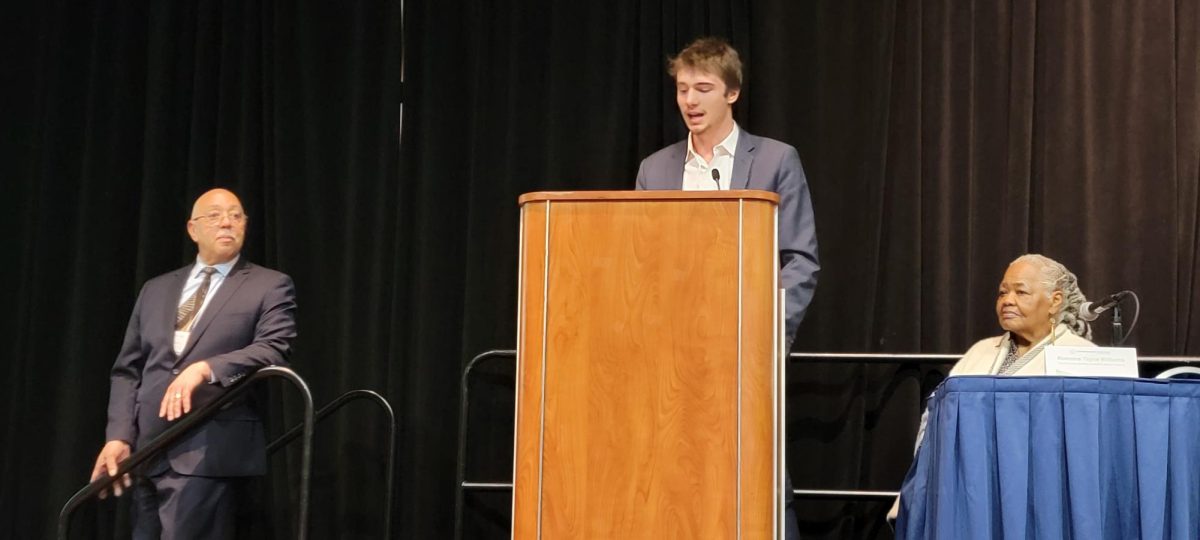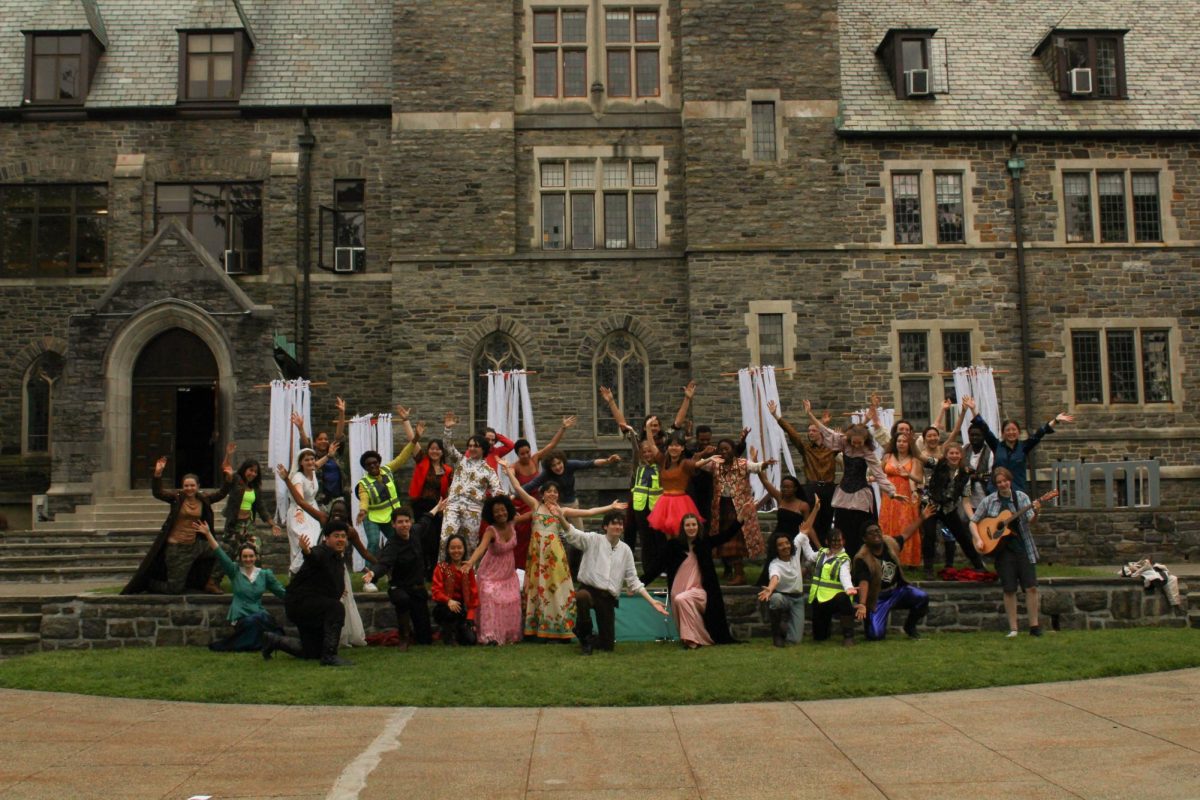DOBBS FERRY, NY, APRIL 6, 2024 (11:38 a.m. EST)
At 10:23 a.m. a 4.8 magnitude earthquake hit The Masters School and the entire East Coast. Students and faculty were in their second period classes when it struck.
It caused the campus to shake, including the old Masters Hall building to shake well for about a minute or so. According to the U.S. Geological Survey (USGS) the quake originated in Tewksbury, New Jersey, located about 80 miles away from Masters.
14 minutes later at 10:37 a.m. directly after the USGS confirmed that an earthquake did in fact hit the East Coast, an announcement was made over the Public Address loudspeakers for the community. Attention everyone, we just experienced an earthquake. Please remain calm and await further instructions.” — P.A. System
Due to how unusual an earthquake is in New York, the quake caused a lot of fear, shock and confusion throughout the school.
Senior Lucas Petrini was sitting in the library when the quake hit. He said, “I felt the earthquake and I thought back to what they told me to do and I ran under the table.” He continued, “I was pretty terrified. I wasn’t fearing death, but I was fearing the unknown.” Petrini also shared how he looked out the library windows and saw everything outside, including the windows themselves shaking violently.
Jeren Staber said, “I was in political science on the second floor of Masters hall and everybody felt it. We originally thought it was people running around on the third floor, but when it kept going, that’s when we knew.”
Senior Elijah Savage used to live in California and is well-versed about fault lines and earthquakes. He talked about how weird it was for everyone to feel an earthquake this strong in suburban New York. He said, “There are fault lines across the East Coast but in general the West Coast is known for having the active ones like Hayward in the Bay Area and the San Andreas down in L.A. Those fault lines are pretty active, but the East Coast ones are pretty dormant, so it’s kind of a big deal when they act up.”
Sam Tannenbaum was in his Iconoclasts of Pop class when the quake hit. He said, “I remember thinking, what’s happening? The ground started shaking and I looked at my friend Jonas and I was so confused. How could this happen? In New York? Here? Today? I never expected this type of thing could happen in New York.”
Masters notified students and families via phone call, letting everyone know that everyone on campus is safe.
So far, the technology department, operations and security teams have said they will collaborate and assess if any damage was done to campus. No damage has been reported yet.
At 10:54 a.m. exactly 31 minutes after the initial shock, the school announced that all school activities would resume as normal over the public address system. The school said they will continue to monitor the situation. So far, there haven’t been any after shocks that could be felt on campus at the time of publication.
UPDATE (4:08 p.m. EST)
Head of School, Laura Danforth sent a community wide email providing an update on today’s earthquake. She said that the director of operations, Dan Pereira and the rest of the operations team conducted a visual inspection of all buildings on campus. They concluded that there was no damage done to any of the facilities.
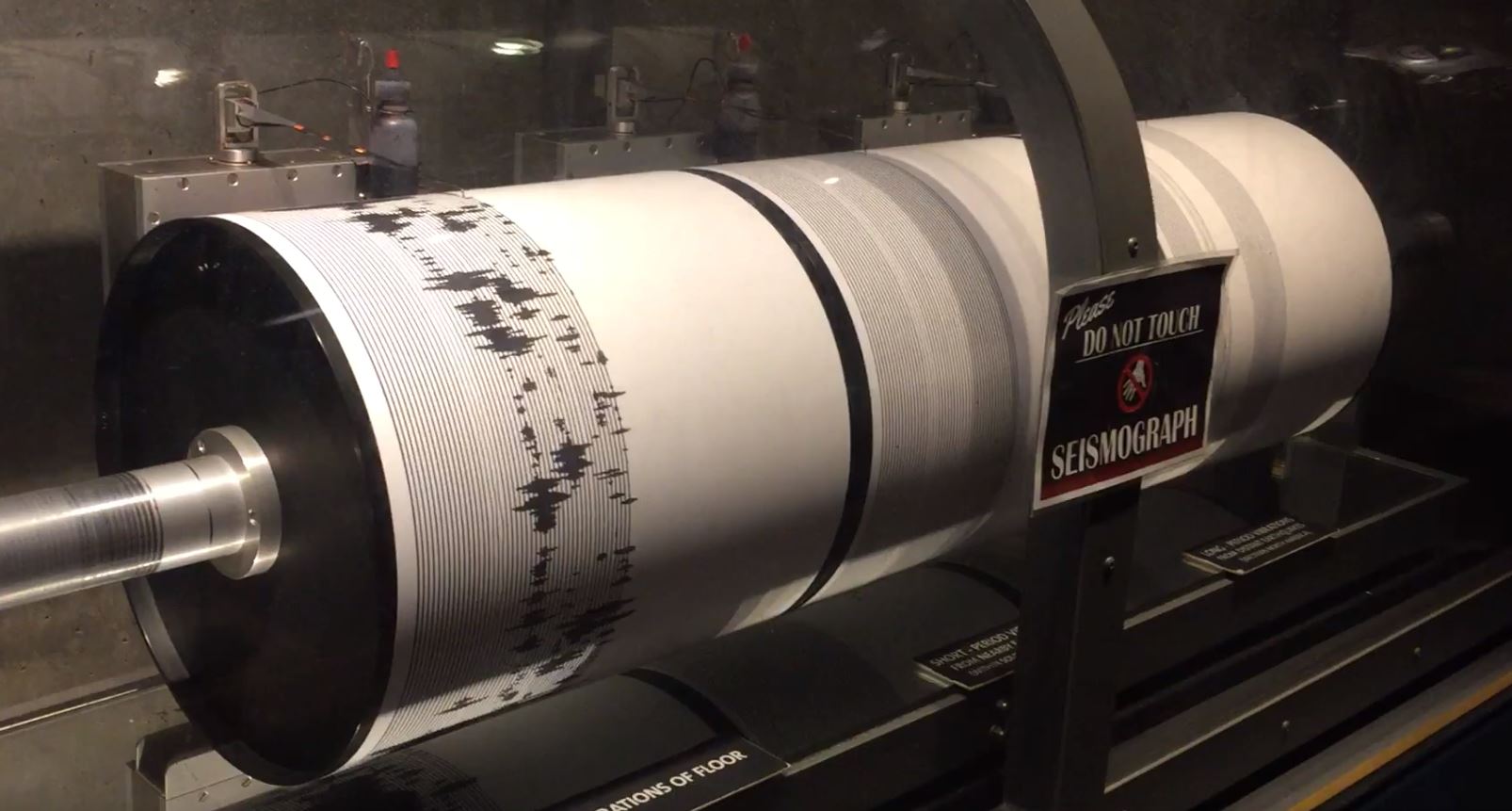
The Gutenberg-Richter scale measures the magnitude of an earthquake and interprets the intensity as a numerical value generally between zero and nine. The scale is logarithmic, meaning that each subsequent level indicates ten times the amount of shaking, and 33 times the amount of energy. Earthquakes are measured using a tool called a seismograph, which are designed to measure the Earth’s vibrations and convert them into electrical signals that can be read. Seismographs print a series of seismic waves that can be read (see photo). The largest wave’s amplitude is measured in a unit called microns (ten thousand times smaller than a centimeter), and the log of that number is taken to determine the Richter scale magnitude.
Though earthquakes are uncommon in the mid-Atlantic region, they still do happen. The April earthquake wasn’t the only one in 2024. A much smaller 1.7 magnitude quake was felt in New York in January. These earthquakes don’t compare to the big one that rattled the East Coast though in 2011 when a 5.8 magnitude earthquake hit the East Coast. There haven’t been an earthquake that strong in New York in over 100 years though.
After an earthquake, something called an aftershock could happen. They are smaller earthquakes that can happen after the initial earthquake. They are less likely to occur as time progresses, but it’s possible to feel aftershocks days, weeks or even months after the initial earthquake. In this case, there were aftershocks that could be felt in the city.
The U.S.G.S. estimated that about 42 million people felt the earthquake, but there was no damage or injuries reported at the Masters School and New York State as a whole.
In the event of an earthquake, the U.S.G.S. recommends staying inside. You should drop to the ground and try to find cover under a chair or table. You also should avoid being in a kitchen and stay clear of windows.
If you are outside, get out into the open. Stay away from houses and buildings to avoid anything collapsing on you.




